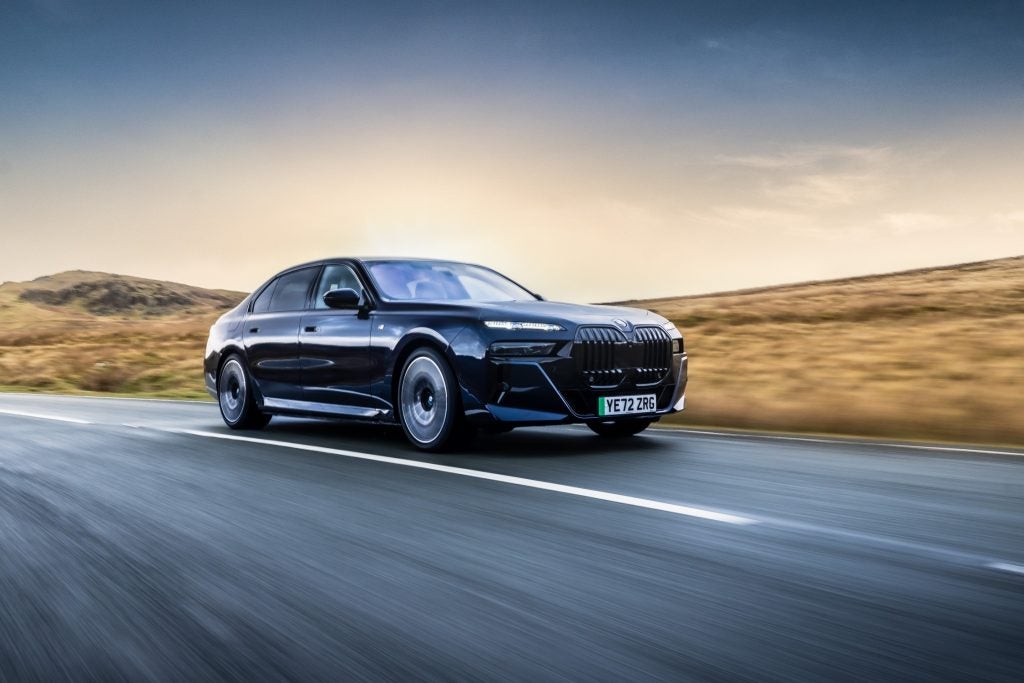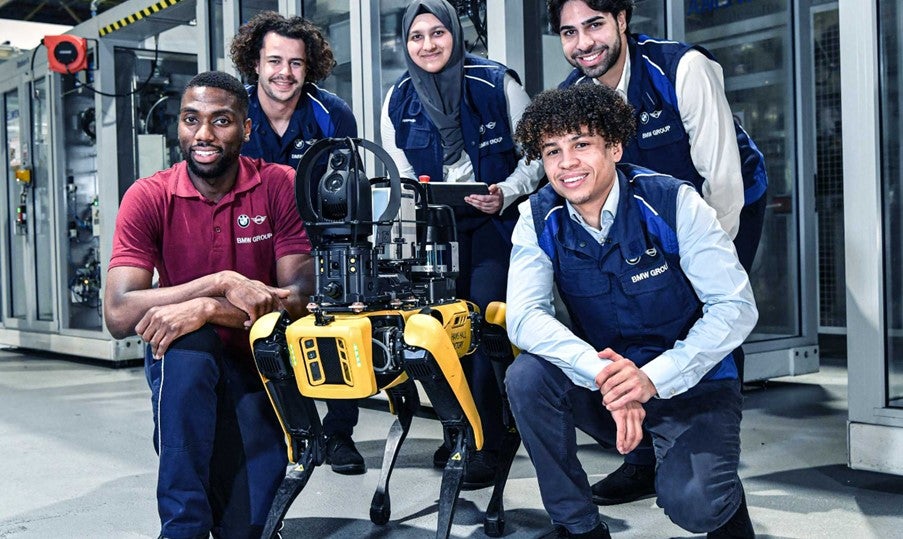BMW has announced details of its new M3 Coupé while Volvo has announced an update for its top-selling S40 sedan/V50 wagon range.
The M3 Coupé‘s 3,999cc V8 engine develops 420hp at 8,300rpm and 400Nm of torque at 3,900rpm, and red-lines at 8,400rpm. To highlight the flexibility of the engine, 85% of torque is available from 6,500rpm. A six-speed manual gearbox and variable M differential, which conveys up to 100% of available power to the wheel with most grip, are standard.
Like its predecessor, the new V8-powered M3 easily breaks through the 100hp per litre barrier, offering 105hp per litre. This engine powers the car from zero to 62mph in 4.8 seconds and on to a limited top speed of 155mph. However, these supercar levels of performance do not compromise economy with the car still delivering 22.8mpg on the combined cycle, an 8% improvement over the outgoing car.
BMW’s ‘EfficientDynamics’ technology uses an intelligent alternator control and absorbent glass mat battery to recognise when the engine is on over-run and activates the alternator to charge the battery with what would previously have been wasted energy.
The new M3 is the first full production car in its class to feature a carbon-fibre-reinforced plastic roof panel with exposed weave. In isolation, the carbon-fibre roof panel saves 5kg over a conventional roof panel but it also lowers the centre of gravity.
How well do you really know your competitors?
Access the most comprehensive Company Profiles on the market, powered by GlobalData. Save hours of research. Gain competitive edge.

Thank you!
Your download email will arrive shortly
Not ready to buy yet? Download a free sample
We are confident about the unique quality of our Company Profiles. However, we want you to make the most beneficial decision for your business, so we offer a free sample that you can download by submitting the below form
By GlobalDataThe drivetrain is made from lightweight, but high-strength, materials. The light-alloy engine block manufactured alongside F1 engines at BMW’s light-alloy foundry at Landshut, Germany, weighs 202kgs, 15kgs less than the six-cylinder engine it replaces. The crankshaft is made from one complete forging and weighs 20kg. Additionally, the front axle components are constructed entirely from aluminium. Even the five-link rear axle, normally constructed from high-strength steel, has aluminium components to save weight. The control arms and dampers alone are 2.5kg lighter than conventional parts.
Like the larger BMW M5 and M6 models, the M3 has an MDrive button that brings together numerous personalised functions of the car. The settings for the optional electronic damper control, three DSC+ traction control settings and three specific engine control maps, plus the response rate of the Servotronic power steering can be controlled with one button on the steering wheel. Once the desired settings are created in the iDrive menu, part of the standard Professional navigation system, one push of the MDrive button transforms the M3 from a car to drive to the shops to a track day special.
The M3 shares many design cues and components with the standard 3 Series Coupé model but only the doors, bootlid, windows and exterior lamps are carried over. Sales begin later this year.
Meanwhile, Volvo has given the S40 sedan and V50 wagon minor external and internal redesigns. Production of these 2008 model year cars starts in May.
Borrowing the recently redesigned S80 sedan’s design cues, the S40 gets a re-profiled nose and chrome framed ‘egg-crate’ grille, with a 50% larger Volvo badge, new clear-lens headlamp units and a full-width air intake, with redesigned integral fog lamps and a central mesh section, replacing the previous three-part air intake unit.
New tail light units – fitted with LED brake lights – are now smaller, with new graphics, and mounted 30mm higher. A new bumper and revised boot handle design as well as a more sporting exhaust pipe layout complete the visual makeover.
The V50 gets the same nose job and new rear styling with slimmer tail light units also now with LED brake lights.
The interiors of both have been updated to add more storage space and carrying versatility as well as boosting the choice of interior trims.
The so-called ‘floating’ centre stack has revised controls and is complemented by a multi-function centre tunnel storage area, a more compact handbrake design, and a revised armrest that’s longer and further forward for greater driver comfort. It can also flip through 180 degrees to act as a table for rear passengers.
As well as redesigned cup holders, there’s now a much larger storage area under the armrest, while the lower sections of the front door inside panels have been redesigned to accommodate larger items. The auxiliary input for the audio system has been repositioned under the armrest and is now standard across the range, while a roll-top cover for the central storage area provides heightened security.
Other changes include revised instrument panels for the T5 and D5 models, Dynaudio speakers for the premium sound system, a new hard drive-based RTI road traffic information and satellite navigation system and a redesigned remote key fob with auto open and auto close for all side windows and sunroof.
New trim options for the floating centre stack comprise a Nordic light oak real wood matt inlay and virtual white, inspired, Volvo said, by the modern glossy white surfaces in sporting equipment and computers. A new spring green upholstery and three new exterior colour options are now available.
New safety features include optional active bi-xenon headlamps that swivel the light beams with steering direction and hazard lights now activate automatically along with the airbags.
During emergency braking or when the anti-lock function is activated, the emergency brake lights function flashes all three brake lights five times a second to warn following drivers.
ISOFIX points in the rear seats are now standard, as is water repellent glass on the front side windows of most models for enhanced visibility in poor weather.
The D5 diesel engine will now be available with a six-speed manual transmission that can handle the engine’s full 400 Nm of torque, compared to the 350 Nm of the automatic gearbox models.
The power output of the turbocharged T5 model has been boosted by 10 hp, taking total output to 230 bhp.






